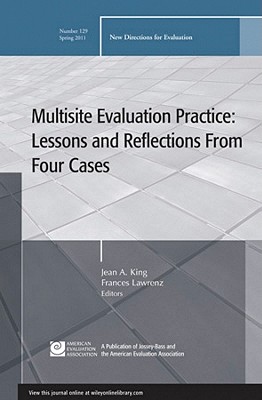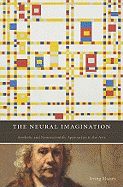Multisite Evaluation Practice: Lessons and Reflections from Four Cases: New Directions for Evaluation, Number 129
$26.10
Description
Multisite evaluation settings differ from the single settings common to research on evaluation use. In addition to the primary intended users, there is another important group of potential evaluation users in settings where government agencies or large national or international foundations fund multisite projects: project leaders and local evaluators. If each project site is expected to take part in or support the overall program evaluation, then these individuals frequently serve as links between their projects and the larger cross-project evaluation of the funded program.
The field has not, until now, address the topic of how being asked or required to participate in such evaluations affects these people who play a critical role in multisite evaluations. These issue does so in two ways.
The first six chapters present data and related analyses from research on four multisite evaluations, documenting the patterns of invovlement in these evaluation projects and the extent to which different levels of involvment in program evluations resulted in different patterns of evaluation use and influence. The remaining chapters offer reflections on the results of the cases or their implications, some by people who were part of the original research and some by those who were not. The goal is to encourage readers to think actively about ways to improve multisite evaluation practice.
This is the 129th volume of the Jossey-Bass quarterly report series New Directions for Evaluation, an official publication of the American Evaluation Association.
Editor: King, Editor: Lawrenz, Frances
Topic: Psychology
Media: Book
ISBN: 1118044495
Language: English
Pages: 136
Additional information
| Weight | 0.45 lbs |
|---|---|
| Dimensions | 8.9 × 5.8 × 0.4 in |















Reviews
There are no reviews yet.